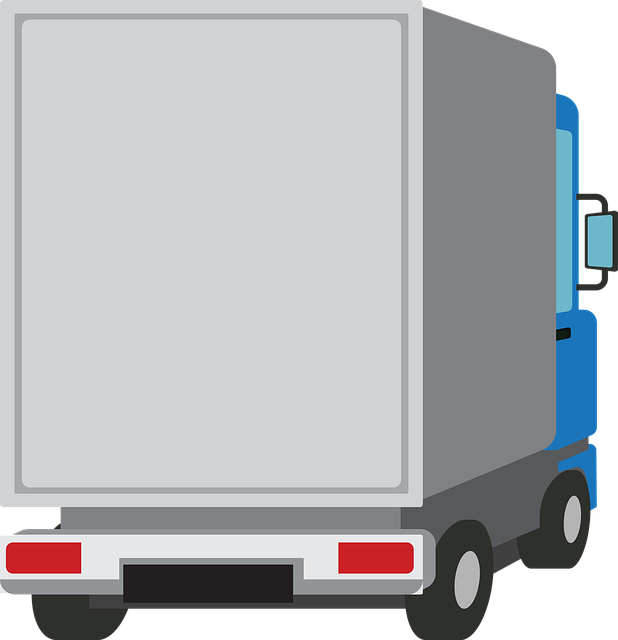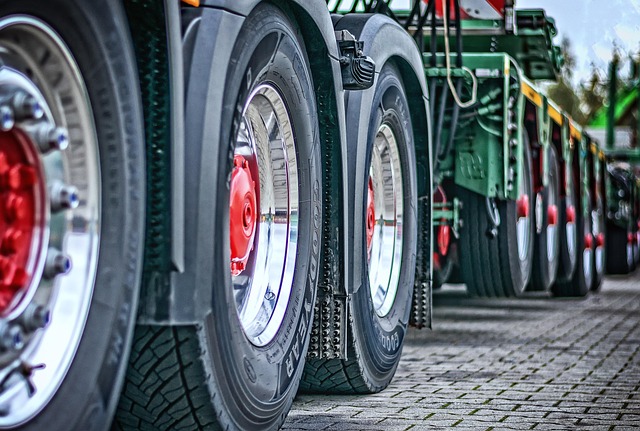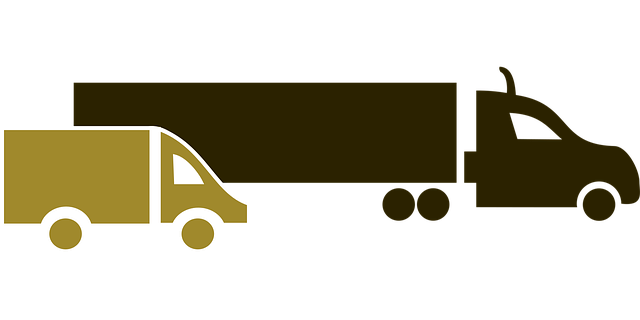“Uncertain about how to register your car in California? This comprehensive guide breaks down the process step by step. From understanding crucial requirements like accurate Vehicle Identification Number (VIN) verification to gathering essential documents, you’ll learn what’s needed for a seamless registration experience. We explore both online and in-person options, ensuring you’re prepared with all necessary information. Don’t overlook the importance of a valid VIN verifier—it’s key to a successful car registration in California.”
- Understand California Car Registration Requirements
- Gather Necessary Documents for Vehicle Registration
- Verify Vehicle Identification Number (VIN) Accuracy
- Complete Online or In-Person Registration Process
- Pay Car Registration Fees and Obtain License Plate
Understand California Car Registration Requirements

Before registering your car in California, it’s essential to understand the state’s specific requirements. California requires all vehicle owners to register their cars with the Department of Motor Vehicles (DMV) and display current license plates. This process involves providing proof of insurance, paying registration fees, and passing a vehicle inspection known as a VIN inspection or mobile vin verification.
A key component in this process is ensuring that your car’s Vehicle Identification Number (VIN) is accurate and verifiable. A mobile vin verifier can be used to check the VIN’s validity and history, which helps in meeting these California car registration requirements efficiently. This technology allows for a quick and convenient way to perform a vin inspection, making the registration process smoother for both owners and DMV staff.
Gather Necessary Documents for Vehicle Registration

Before you begin the registration process in California, make sure to gather all the essential documents required by the Department of Motor Vehicles (DMV). One crucial document is the Vehicle Identification Number (VIN) verifier or a valid VIN inspection report. This unique 17-character code is located on the vehicle’s identification plate and can be easily checked using a mobile VIN verifier or by visiting a professional inspection service.
Having accurate and up-to-date information ensures a smoother registration experience. Other necessary papers may include proof of insurance, a valid driver’s license, the title certificate (if applicable), and any emission test results or exemptions. For convenience, many mobile VIN inspection services are available, allowing you to verify your vehicle’s history swiftly and efficiently from the comfort of your home.
Verify Vehicle Identification Number (VIN) Accuracy

Before initiating the registration process, it’s crucial to ensure your vehicle’s Vehicle Identification Number (VIN) is accurate and valid. This unique 17-character code serves as a fingerprint for your car, providing essential information about its make, model, year, and other specifications. A precise VIN is vital when registering your vehicle in California, as it facilitates the verification process and helps prevent potential issues down the line.
One effective method to validate your VIN is by utilizing a reliable vin verifier, such as those offered by mobile vin inspection services. These professional inspections ensure that the VIN is correctly engraved or stamped on all necessary parts of the vehicle, including the engine, chassis, and body. With the help of modern technology, a mobile vin verification service can quickly cross-reference your VIN against comprehensive databases, ensuring its authenticity and providing peace of mind before you proceed with registration.
Complete Online or In-Person Registration Process

In California, car registration can be completed either online or in-person, offering flexibility to vehicle owners. The process begins with gathering essential documents, including proof of ownership, identification, and insurance. Once prepared, applicants can choose between a digital or physical approach. Online registration involves utilizing the California Department of Motor Vehicles (DMV) website, where you’ll input your Vehicle Identification Number (VIN) using a reliable VIN verifier to ensure vehicle authenticity. Alternatively, a mobile VIN verifier app can be employed for a quick and convenient verification process.
For an in-person registration, visitors head to their local DMV office with the required documents. Here, a vin inspection might be conducted to cross-reference the provided information. This dual registration method ensures accuracy and provides backup options for those without access to digital tools, including mobile VIN verifiers.
Pay Car Registration Fees and Obtain License Plate

After verifying your vehicle’s ownership and completing the required forms, it’s time to pay the car registration fees. California has specific fee structures based on various factors like vehicle type and age. You can typically pay online or at a DMV office. Once the payment is processed, you’ll receive your registration documents, which include important information about your vehicle’s registration status and any restrictions.
The next step involves obtaining license plates for your car. In California, these plates are issued by the DMV upon successful registration. You can choose between standard or specialized plates depending on your preferences and vehicle type. For a quick and efficient process, consider using a mobile VIN verifier to ensure all documents are in order before heading to the DMV. This can save you time and hassle, especially if you’ve recently purchased a used vehicle, as a mobile VIN inspection helps verify ownership and history.
Registering a car in California is a straightforward process that involves understanding specific requirements, gathering essential documents, and ensuring your Vehicle Identification Number (VIN) is accurate. You can complete the registration online or in person, making it convenient for all. Using a reliable VIN verifier can significantly aid in this step, guaranteeing the vehicle’s history is clear. Once registered, you’ll receive your license plate, marking the successful conclusion of this essential administrative task.
